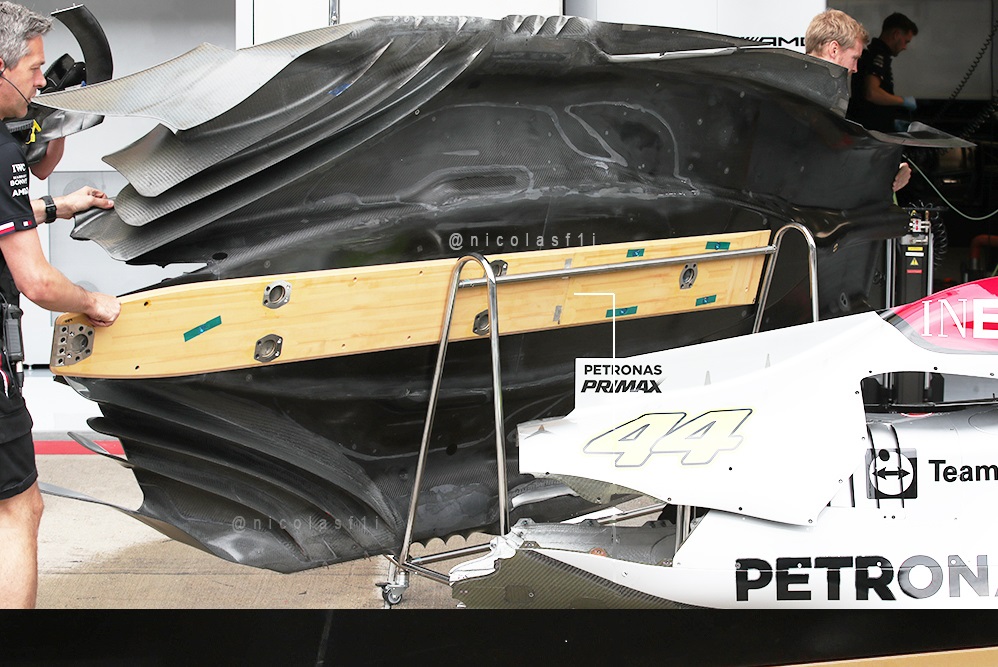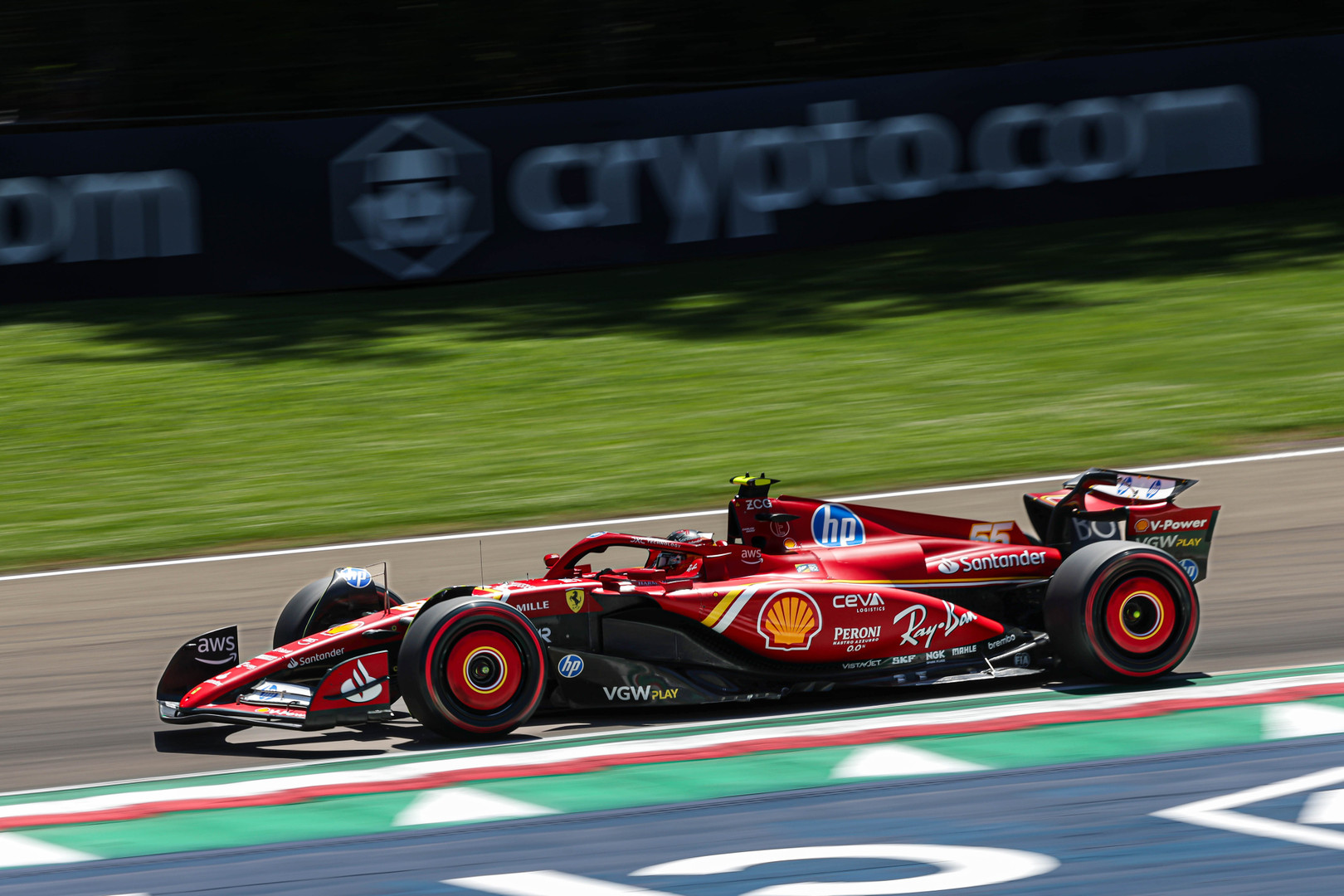The FIA has opted not to intervene in enforcing higher ride heights for Formula 1 cars, despite two high-profile accidents in 2023 that were triggered by bumps on the track.
In the latter part of the 2023 season, Lando Norris and Carlos Sainz both suffered bump-induced crashes, in Las Vegas and at Yas marina respectively.
While the FIA acknowledged the potential safety concerns posed by the current generation of ground effect F1 cars, which run stiff suspensions and perform better at lower ride heights, the governing body deemed the situation not severe enough to warrant immediate intervention.
FIA Head of Single-Seater Matters Nikolas Tombazis stated that while ideally cars should run higher, there are limits to the extent the governing body should interfere with performance-related matters.
He emphasized the delicate balance between safety and preserving the competitive nature of Formula 1.
“Well, we do need to make sure circuits, generally speaking, avoid features which may cause that,” Tombazis told the media recently.
“It’s a thin line between if maybe there is the possibility for the circuit to sort out some features in detail, and where the teams may just need to raise the car a bit more.
“We obviously will try to fix these areas of the circuits.
“Are the cars too low? Yes, we would rather they were running a bit higher.
“But the inherent characteristic of a ground effect car is that it tends to have more performance running low. So that’s something that I don’t think we can easily avoid.”

The requirement for F1 cars to run extremely close to the ground to generate maximum downforce has also resulted in increased wear on the underfloor planks, which are designed to prevent the floor from scraping the track and disrupting the airflow.
The disqualifications of Lewis Hamilton and Charles Leclerc from last October’s US Grand Prix for exceeding the wear limit on their underfloor planks highlighted the challenges posed by the current ground-effect car design.
The issue of standardizing the plank and skid block components has been discussed in the past, as it could simplify the FIA’s inspection process and reduce the risk of teams circumventing regulations.

However, teams have traditionally resisted this proposal, citing concerns about potential performance disadvantages. But the topic is likely to be put on the sport’s 2026 regulations agenda.
“Sometimes we want to do things but we still need to go through governance and the teams need to vote for it – and we don’t have enough support,” Tombazis admitted.
“So, for 2026, we believe we need to simplify very much that area.”
Keep up to date with all the F1 news via Facebook and Twitter
FIA won’t tweak F1 ride-heights despite bump-induced crashes F1i.com.


















You must be logged in to post a comment Login